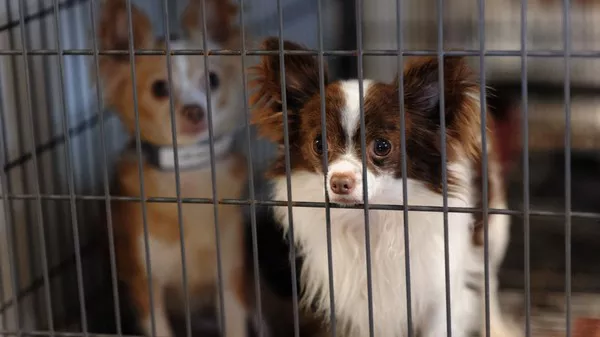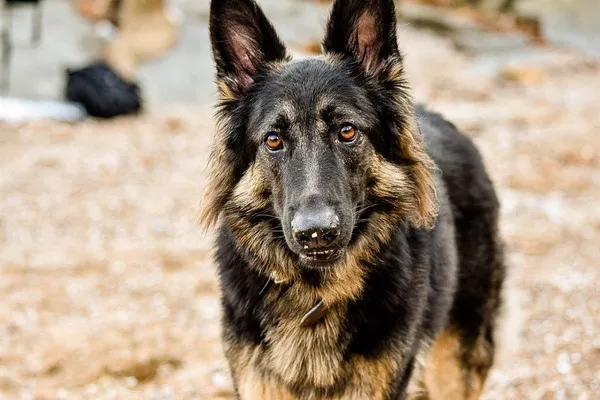The Food Standards Agency (FSA) has evaluated the risks posed to dogs and cats from consuming contaminated raw pet food and the potential impacts on their owners.
Raw pet food, which has surged in popularity, is made from Category 3 Animal-By-Products (ABP). These by-products, deemed fit for human consumption but surplus, do not undergo cooking or heat treatment, making them susceptible to contamination by pathogens. Most raw pet foods are sold frozen with a shelf life exceeding a year.
The FSA’s assessment focuses on the risk of pets contracting Salmonella, beta-glucuronidase-positive E. coli, Shiga toxin-producing E. coli (STEC), Campylobacter, and methicillin-resistant Staphylococcus aureus (MRSA) from contaminated raw pet food. It also evaluates the risk to pet owners from handling these products or through transmission from infected pets.
Uncertainties remain regarding the prevalence and symptoms of clinical infections in companion animals and the handling, storage, and preparation of raw pet food at home. The proportion of pet owners in vulnerable categories using raw pet food is also unclear.
A recent FSA survey conducted between March 2023 and February 2024 tested raw dog and cat food products available in the UK. Preliminary results from 306 out of 380 samples revealed high pathogen prevalence: 20 percent tested positive for Salmonella, 11 percent for Campylobacter, 9 percent for MRSA, and 11 percent for STEC. The complete findings are yet to be published.
The survey also highlighted inconsistencies in packaging advice among manufacturers. While some labels advised washing hands after handling and storing the products separately from human food, others provided no handling instructions.
Pathogen-Specific Risks
FSA guidelines for handling raw pet food emphasize hygiene practices such as washing hands post-handling, storing products away from human food, and thoroughly cleaning surfaces in contact with the product. Poor handling and hygiene can lead to cross-contamination and potential human infection.
In August 2017, four individuals were infected with genetically related strains of STEC O157
. One of these cases resulted in death due to hemolytic uremic syndrome (HUS). Three of the four individuals had been exposed to dogs fed a raw meat-based diet, particularly tripe, with two cases linked to the same supplier.
The risk to dogs and cats from consuming Salmonella-contaminated raw pet food is considered medium, occurring regularly, with a medium level of uncertainty. For Campylobacter, the risk is deemed low but not uncommon. The risk of STEC to dogs is low and very low for cats.
For pet owners, the risk of contracting Salmonella, Campylobacter, and STEC from handling contaminated raw pet food at home is considered low. The likelihood of human exposure depends on hygiene practices during the handling of pet food and disposal of feces.
Related Topics:


























